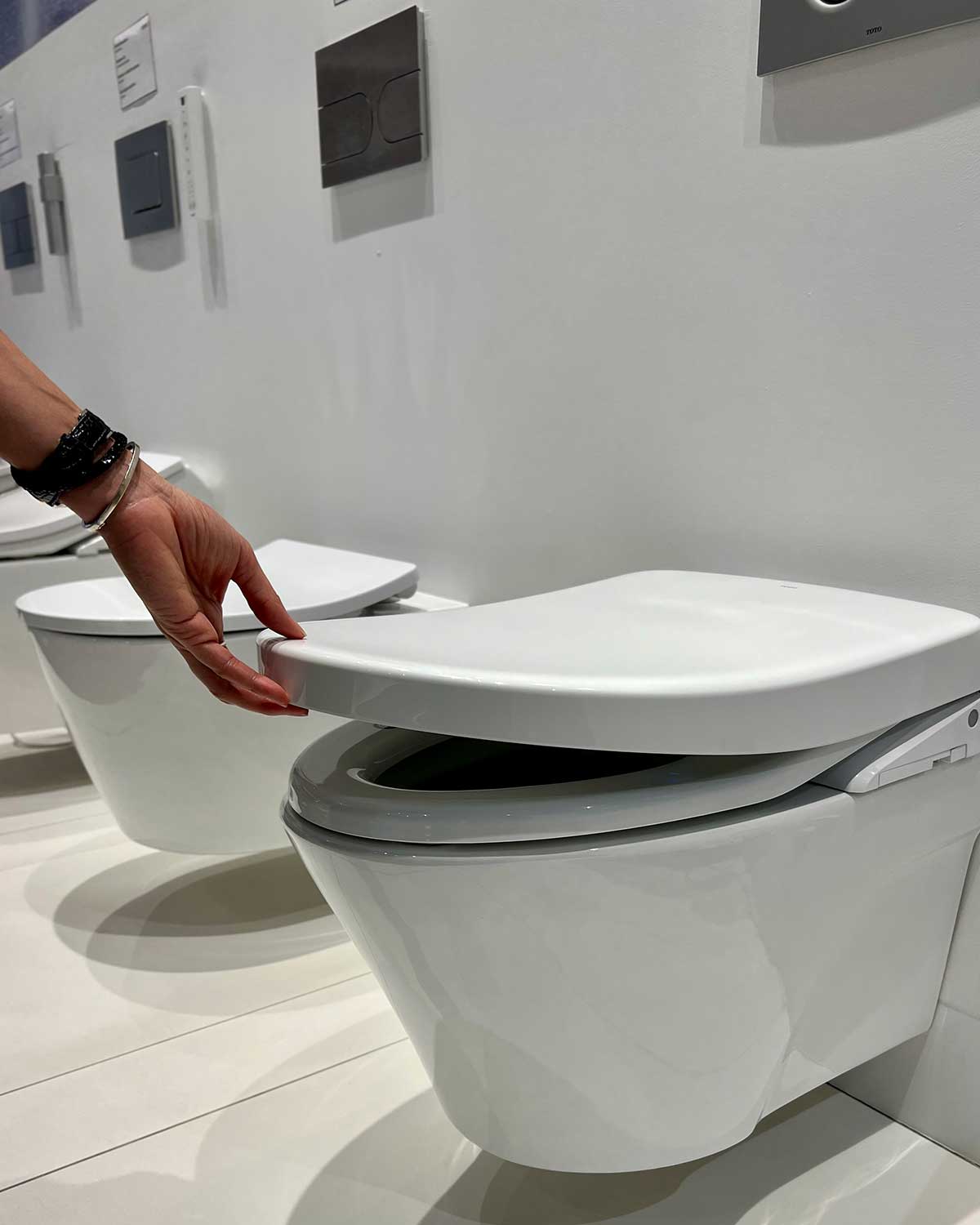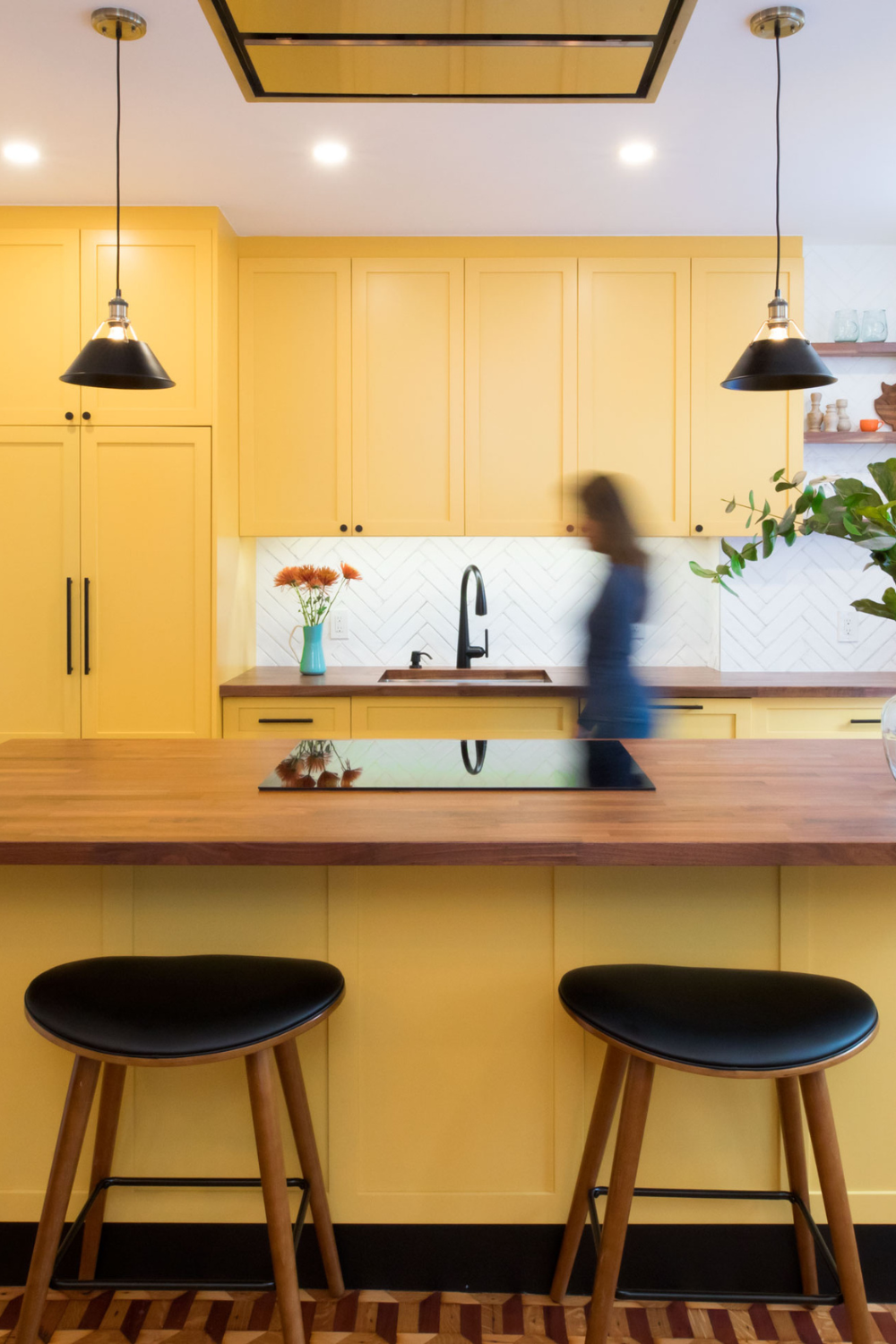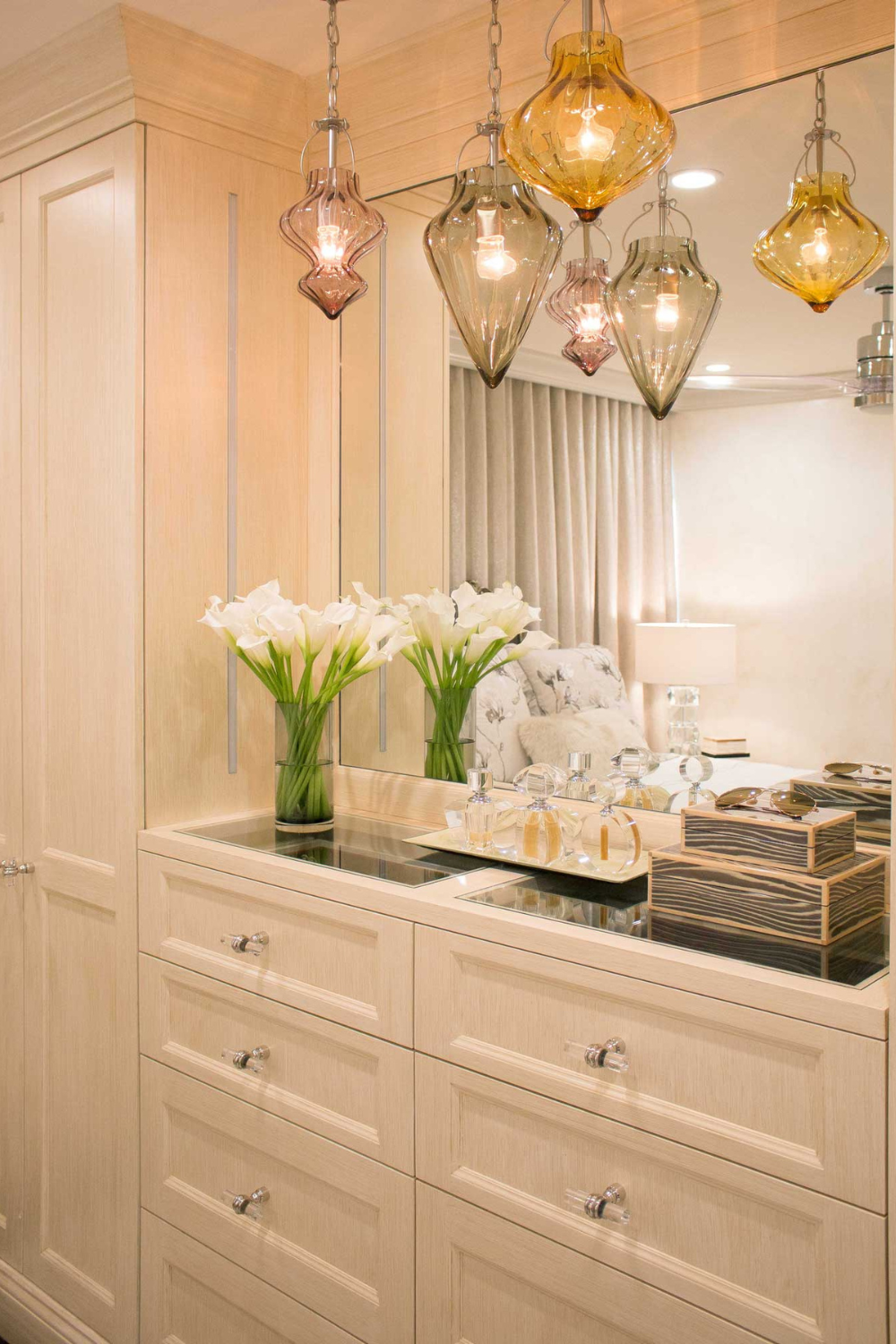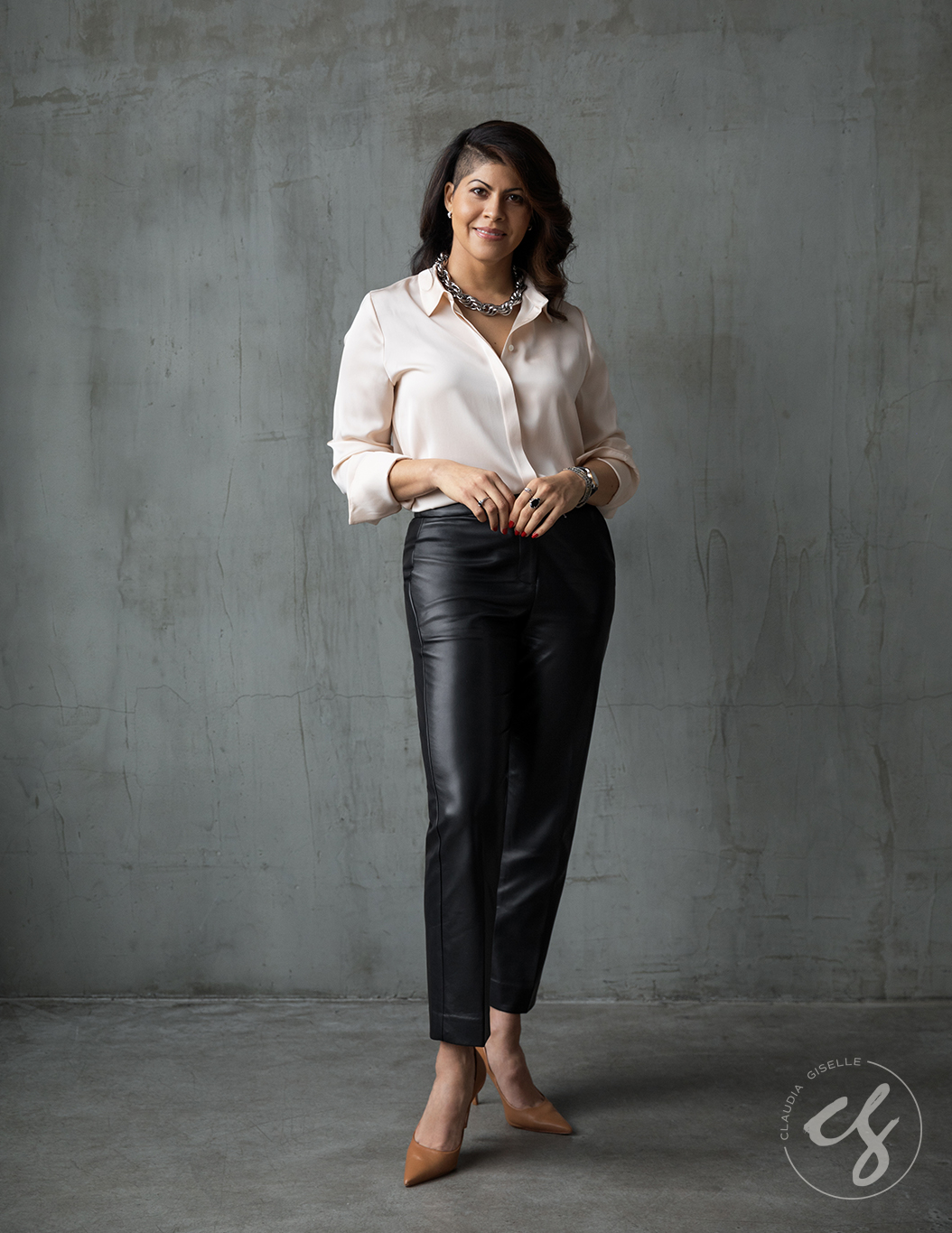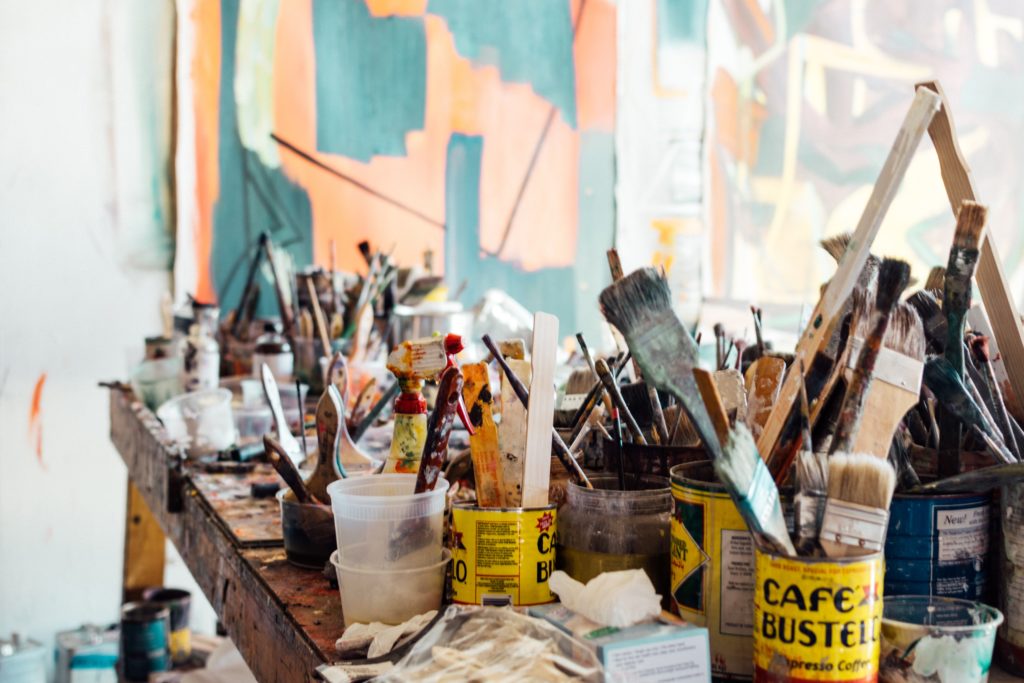
If you’ve ever found yourself standing in front of a work of visual art wondering what, if anything, you can say about it that is informed or insightful, then you’re in good company. In this post I am going to give you some tips on how to approaching how do you pick artwork for your home.
Visual art is an incredibly complex field of study, and it carries much of the same mystique as, for example, knowing about wine. As a cultured person, you may be presumed to be well versed on the subject, and that social pressure can be the very thing that makes it difficult to explore unselfconsciously. After all, in order to truly learn things, we must first be willing to admit that we have something to learn.
Art, like wine, is an unwieldy mix of objective and subjective evaluation. Knowing what you like is a good start. But you can build a lot from that departure point. Exploring art and talking about it with friends and colleagues is incredibly eye-opening. You may find yourself drawn to new things because someone else made a good case for it. And yet, finding your own entry point into artwork carries a particular thrill. There is something deeply satisfying about experiencing visual art in a direct and personal way.
Part of my job as an Interior Designer involves curating art for my clients. This is far from simple, and requires a lot of thought. There is so much to factor when selecting artwork for a room, so many media, styles, sizes and ways to present it. There is the historical weight of what various types of work and subject matter represent. We have to consider different cultural contexts, and anticipate what will resonate with someone else.
Most of us cannot call ourselves experts, but that’s not a bad thing. The journey of discovery is in itself rewarding if we let it be. Arriving at some sort of destination is not really the point. We are constantly in the process of becoming, and therefore our tastes are always evolving. It isn’t necessarily important to always know what you think. That middle zone where you are discovering and thinking and questioning the work is incredibly illuminating.
As to the question of what is “good,” there are people who spend their entire lives studying the subject, and yet there is no universal consensus.
So how do you know if it’s good?
This is the million dollar question, and also a trick question. I’ve spoken on this blog about trusting your instincts and believing your inner creative voice when it comes to making design decisions. This is also true of visual art. It doesn’t matter how celebrated a particular type of art may be; if you don’t like it, you should not display it in your home. What you like matters.
But…there is always room to grow and learn by surrounding ourselves with new possibilities. Have you ever had the experience of seeing a piece of art daily over a long duration, thinking nothing of it, and then one day you suddenly realize you like it? It can take time to acclimate to new aesthetic information, and it’s worth trying new things.
You tastes change over time
Visual art challenges us for so many reasons. First of all, there are as many ways to make art as there are moments in a lifetime. Every artist is acting within their own personal world, and the physical product they produce is very meaningful to them. But it might take you time to enter that space and appreciate what it is the artist is trying to do. That’s a lot of commitment for you, the viewer.
And that’s just one artist or work of art! Can you really be expected to give your attention to every single artwork until you can find some commonality with it? Of course not. So the challenge is really to get a working knowledge of what types of art you want to engage with. Do you love photography? Painting? Sculpture? And what styles speak to you? You might identify with classical, abstract or postmodern work.
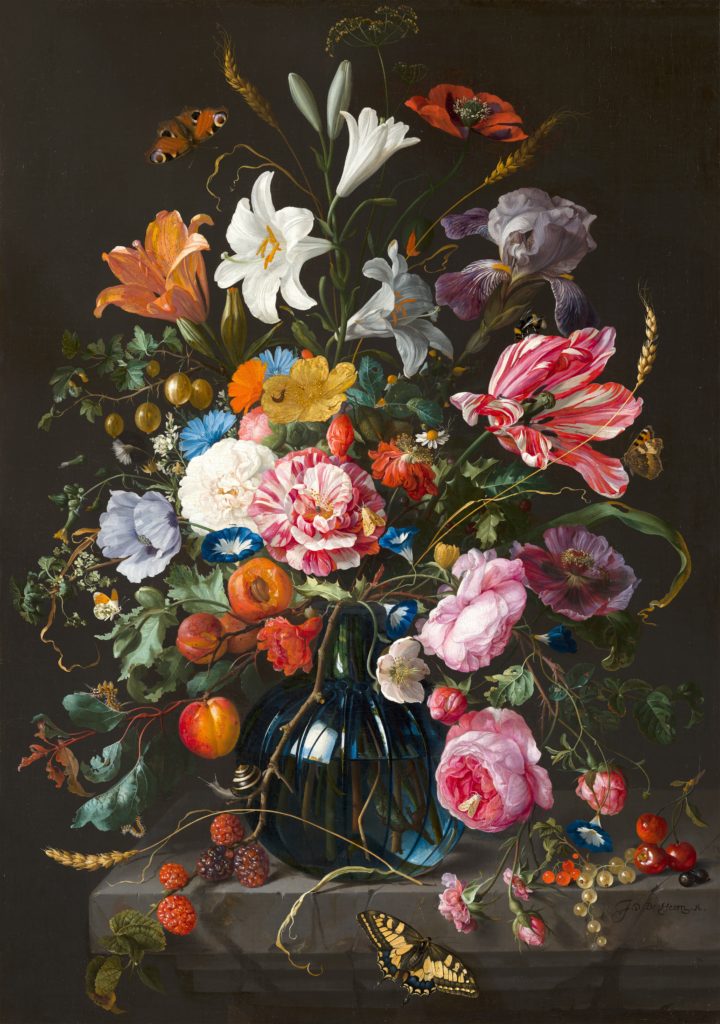
Or you may not be particularly focused on genres. Maybe it’s all about the subject matter. You might gravitate toward a particular decade. Or you find artists intriguing if they were not well known in their time, but came to be appreciated later. Art comes with a story, and we all enter it from different angles.
Some artists even intentionally shun the concept of having a story or a narrative. Some of the most abstract or conceptual art may concern itself with breaking every rule that has been handed down through history up to that point. Even that artwork has a story: The artist, the context, the reason it was made – this is all part of the story.
Where do I start?
Ok, so how do you begin to settle into such a vast subject? It’s as easy as just going to see art whenever you have the chance. Museums are a wonderful resource, because you can take your time strolling through rooms that have been curated for you already. Upon multiple visits, you’ll notice that you return to certain wings again and again. This is a strong clue as to your tastes. Museums are a type of sanctuary. You can go alone and just sit in the rooms that feel comforting to you, looking at the works with which you feel a kinship.
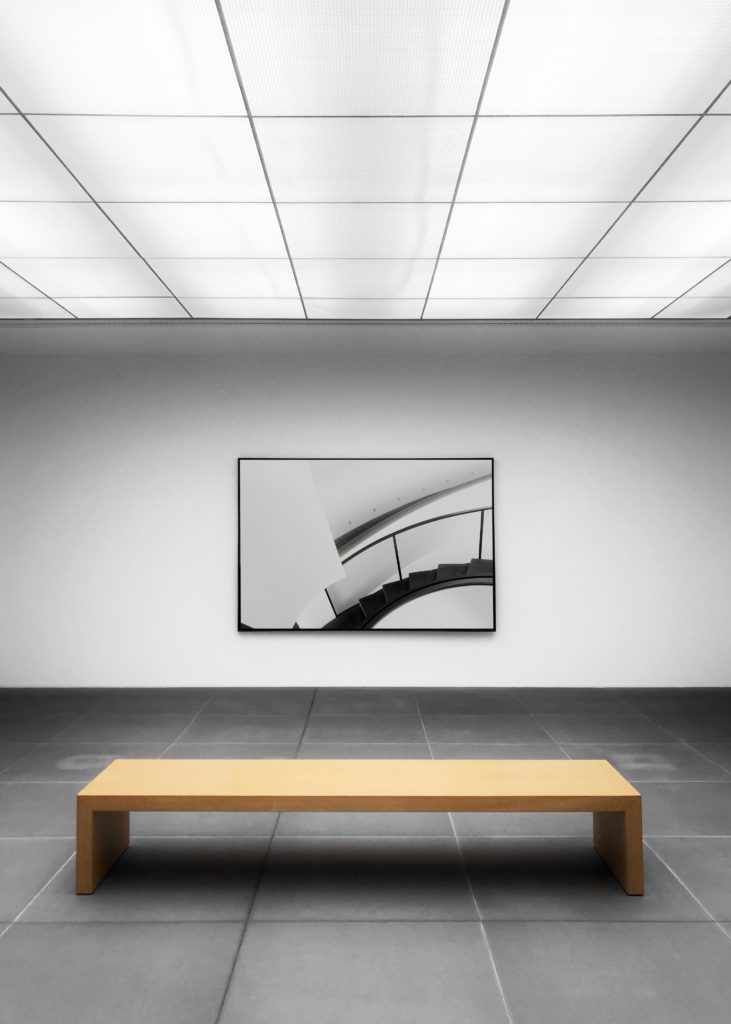
Galleries are also a great resource, but for a different reason. They’re smaller and so you have a manageable slice of information to process. In a gallery you get to dive into one curator’s vision at a particular moment in time. Solo exhibitions feature a single artist’s work, so you can focus your attention on one person’s world. Even if you find it’s not to your tastes, you still get useful information about yourself. Identifying what you don’t like gives you parameters to define what you do like.
Galleries may also show group exhibitions focused on a particular theme. This is a chance to parse the ways different artists approach the same subject matter or medium. It’s a near certainty that you’ll like some works and not others. Now you are zeroing in on your deeper preferences.
And I strongly recommend that before you read the information provided in museums and galleries in the labeling and exhibition catalogs, you take a moment to interpret the artwork yourself. The goal is for you to cultivate your eye. Reading about it, can help you to understand what the point of the work is. Again, you don’t need to like it, but you will learn something useful anyway.
RELATED POSTS
As an Amazon Associate, this site may contains affiliate links and I can earn from qualifying purchases at no cost to you. View disclosure for more information.
I'm Claudia. Welcome to my Interior Design blog! I'm thrilled to share my expertise and passion with you. With over 20 years in the industry, I'm a Certified Interior Designer, holding an NCIDQ Certification, and an educator. Interior Design isn't just my career—it's my passion. Dive in to explore more about me. Click here to learn more!
Hi Friend!
Stay inspired—join our design community by subscribing to the blog today.
subscribe now
Other Posts You Might Like
©2025 Claudia Giselle Design | Interior Designer | Brooklyn, New York
Legal
BACK TO TOP
Testimonials
718-255-5949
Press
office@claudiagiselle.com
MENU
We create thoughtful, personalized interiors for those who value quality and beauty in every detail — serving NYC, Manhattan, Brooklyn, Long Island, the Hamptons, and the Hudson Valley (including Westchester and Dutchess County) & Beyond.
Timeless Classicism with a
Bold Touch of Elegance
Home
Services
Process
About
Blog
Portfolio
Scheudule a Consultation
GET IN TOUCH
Contact
